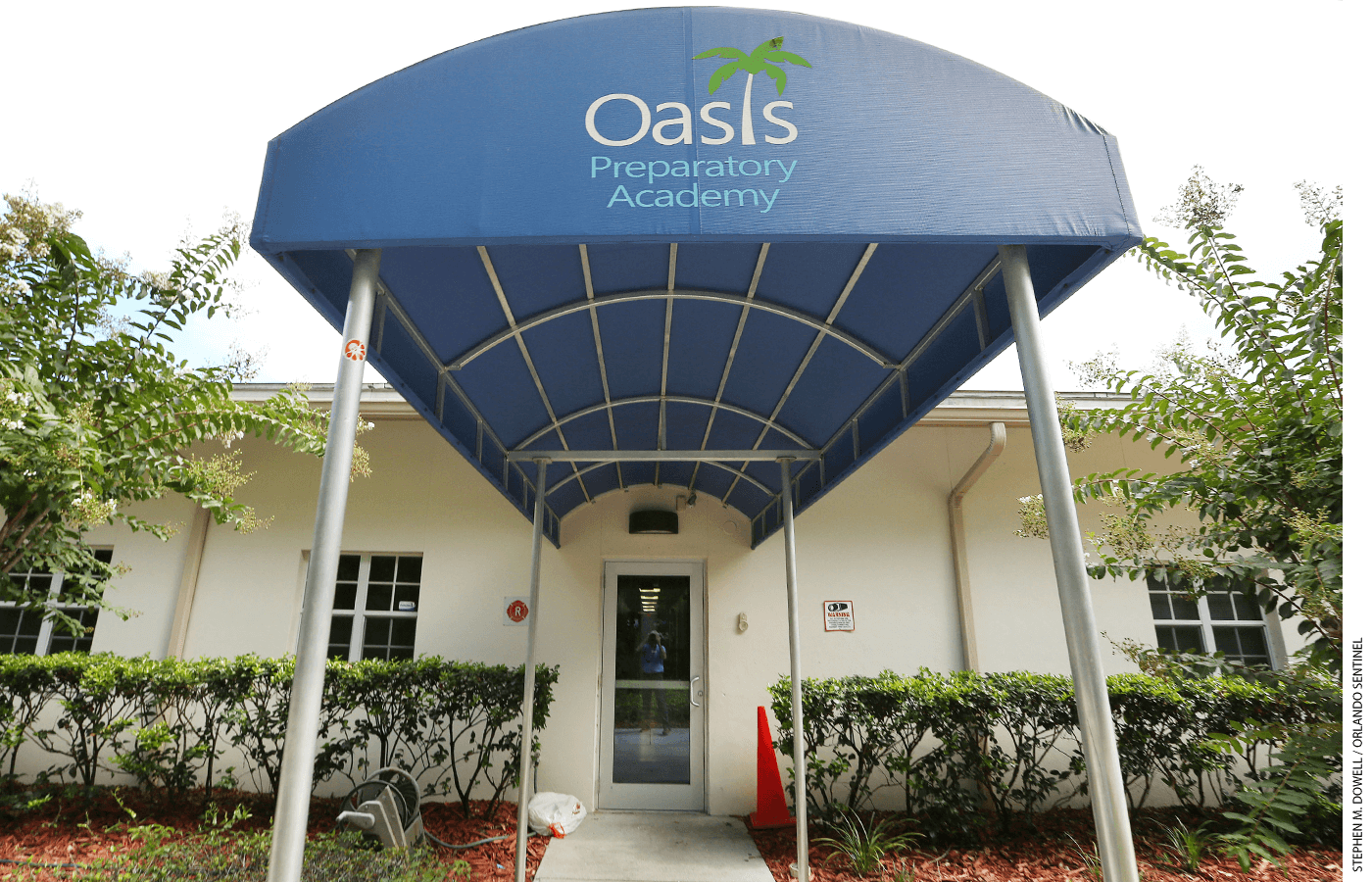
Often, education policy involves difficult tradeoffs such as between accountability and community, with the best intentions of technocrats clashing with the needs of students in real world schools.
As a case in point, teacher-race matching is perhaps the hottest topic in education reform. Advocates assert that African American students benefit from exposure to African American teachers. Major corporate philanthropies have followed up by pouring millions into expanding the African American teacher pipeline. The hypothesis that animates these claims is sensible: Teachers perform better when they understand and connect with their students and parents, and these sentiments are, on average, stronger between students and teachers of color. Numerous studies find modest positive statistical relationships with test scores, attendance, discipline, graduation, and college attendance when African American students have same race teachers.
As we detail, a small but growing literature likewise suggests positive outcomes from diverse school leadership: That is, Black school leaders are plausibly better situated to understand the needs of students of color, to and to govern the school in a way that maximizes their odds of success, in part by hiring and retaining the right teachers. That’s why we were concerned to observe that stringent charter authorizing regulations appear to erect disproportionate barriers to entry for people of color who aspire to operate charters. In a study published recently, we find even more cause for alarm. Charter regulations not only disparately effect market entry, but market exit.
Our new paper specifically probes the disparate impact imposed by default closure laws. These statutes require that charter schools close if they fail to meet certain guarantees of performance, “unless there are extenuating circumstances.” Put differently, regulators rather than parents voting with their feet make decisions about the lifecycle of a charter school.
Importantly, the tripwires that induce closure vary widely across states. Some states mandate closure based on failure to meet performance expectations specified in the charter contract, which can be tailored to the specific student body being served, while other states mandate closure based on failure to attain generalized proficiency standards. Missouri, for example, mandates closure if there is “Clear evidence of underperformance…in three of the last four school years,” and underperformance is based on universal performance standards.
Overall, from the 24 states through which we received charter petitions, we observe that in settings with default closure, 53.2% of charters founded by African Americans close compared to 20.4% founded by others. In settings without default closure, those numbers decrease to 18.9% and 11.5%, respectively.
Utilizing national data, we observe that there are also profoundly disparate outcomes depending on student demographics. In settings with default closure, 38.5% of majority Black schools close compared to 14.6% of non-majority Black schools. In settings without default closure, majority Black charter schools are slightly less likely to close than other charters (23.5% versus 26.2%). While we cannot conclude that these differences are the causal effect of default closure statutes, the magnitude of difference across states certainly suggest that there are sometimes stark differences between how bureaucrats and parents evaluate school quality in the education quasi-marketplace.
Tension between families and bureaucrats are not new to debates about how to best regulate charter schools. As early as 2004, Rick Hess warned that families and bureaucrats would inevitably clash over the conditions that should culminate in charter closure. Competing visions for charter schools, including most fundamentally decisions surrounding which schools should open or close, remain a wedge issue between influential school choice organizations. The Center for Education Reform cautions that default closure may “close a charter school that offers students and parents something they would otherwise lack at neighboring public schools” and “may discourage schools from attempting serve the hardest-to-serve students in ways that may be quite needful, but that wouldn’t necessarily translate to test score gains.” The National Association of Charter School Authorizers, on the other hand, includes it as part of its model law.
Proponents of the regulatory model of charter schooling often couch their arguments in deference to empirical insight, citing, for example, an Ohio study that concluded that students in charters shuttered by the default closure statute academically benefited, as measured by standardized tests. Still, our study highlights the sobering reality that education policy always involves tradeoffs. Whatever test score improvements are yielded by default closure laws, they appear to come disproportionately at the expense of agency in communities of color. Those who favor the regulatory rather than the market model of chartering (i.e. parents voting with their feet) have staked out an admirable goal—improving test scores—but might enhance their legitimacy and standing with charter communities if they practice greater humility about who the regulatory model empowers and disempowers. The National Association of Charter School Authorizers’ recent pledge to “center communities” is simply not consistent with advocacy that tends to privilege large, predictable charter management organizations over mom-and-pop charters in communities, creating racial inequities in market entry and exit.
One potential solution to alleviate the inequitable outcomes that we observe would be to amend default closure laws to only use student growth as a performance metric and not student achievement, the latter of which often says more about the type of student a school serves than the school itself. But even that approach could incidentally punish schools with traditionally underserved or at-risk students, as research suggests that academic growth tends to be slower in students with social and emotional challenges.
The recent and dramatic expansion of school choice across the country raises urgent questions about the role of charters in an ecosystem with diverse publicly funded school options. We don’t profess to have the answers, but our empirical work should serve as a cautionary tale.
Martha Bradley-Dorsey is a research associate at University of Arkansas Department of Education Reform. Ian Kingsbury is senior fellow at the Educational Freedom Institute. Robert Maranto is Endowed Chair in Leadership at University of Arkansas Department of Education Reform.


